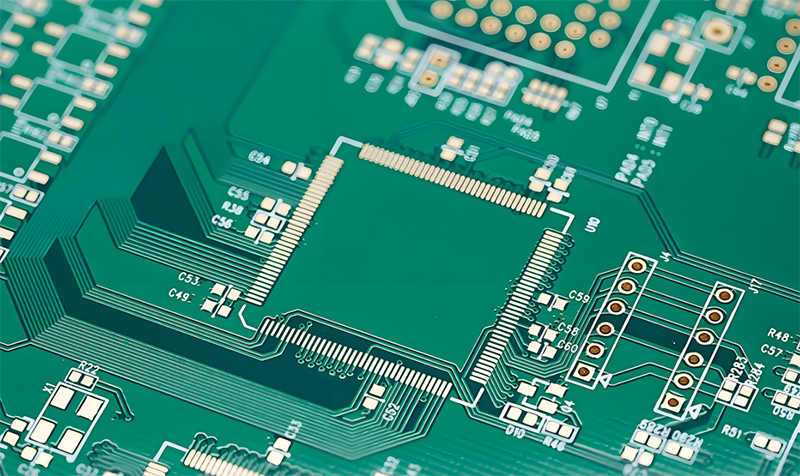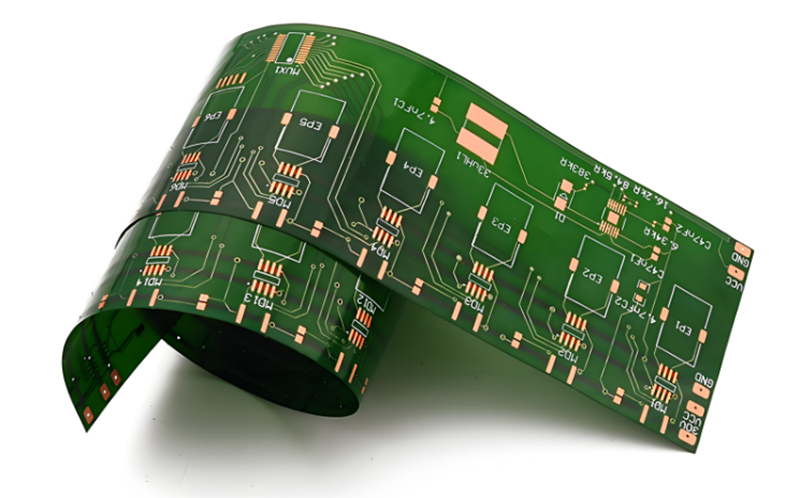 Seprays-Jayden
Seprays-Jayden
 2025-03-10 09:57:33
2025-03-10 09:57:33
 72
72

In electronics manufacturing, precision and efficiency in PCB depaneling are more important than ever. Traditional methods like routing and punching are being replaced by advanced laser depaneling techniques, which offer better accuracy and less stress on the boards. UV laser, CO₂ laser, and fiber laser depaneling are the top choices, each suited for different materials and uses. From delicate flexible PCBs to strong metal-core boards, laser depaneling provides clean cuts, minimal heat damage, and faster production. This essay explains the types, benefits, and advantages of these laser depaneling methods and how they transform industries like consumer electronics, aerospace, and automotive.
UV laser depaneling uses ultraviolet lasers to cut PCBs with high precision and little heat. This method is great for thin and delicate materials like flexible PCBs (FPCs) and rigid-flex boards. Because UV lasers create clean, smooth edges without damage, they are commonly used in industries like medical devices, consumer electronics, and aerospace, where small details matter.
CO₂ laser depaneling uses carbon dioxide lasers to cut rigid PCB materials such as FR4 and ceramics. These powerful lasers can cut quickly, but they also generate more heat, which can slightly burn the edges. CO₂ lasers are best for applications where minor charring is acceptable, such as industrial electronics and high-power devices.
Fiber laser depaneling is mainly used for cutting metal-based PCBs, like aluminum or copper boards. It works fast and accurately, making it ideal for industries like LED lighting, automotive, and power electronics. However, fiber lasers are not commonly used for standard PCB materials like FR4 or polyimide.
High Precision and Clean Cuts
Laser depaneling ensures precise and burr-free cutting, reducing the risk of damage to delicate PCB components.
No Mechanical Stress
Unlike traditional routing or punching methods, laser depaneling is a non-contact process that eliminates mechanical stress on the board and components.
Reduced Dust and Debris
Laser cutting minimizes particle contamination, making it ideal for applications requiring high cleanliness, such as medical and aerospace electronics.
Flexibility for Complex Designs
Capable of cutting intricate patterns and fine details, laser depaneling is well-suited for modern PCB designs, including irregular shapes.
Works with Various Materials
It supports FR4, polyimide (PI), aluminum-based PCBs, and other materials, making it versatile for different applications.
Minimal Heat-Affected Zone (HAZ)
Advanced laser systems control heat dissipation, preventing thermal damage to components and ensuring high-quality edges.
Increased Production Efficiency
High-speed, automated operation improves throughput, making laser depaneling an efficient solution for mass production.
Lower Maintenance Costs
Unlike mechanical tools that wear out over time, laser systems have minimal consumable costs and require less maintenance.
Precise Cutting
UV lasers are easily cut, making them great for complex PCB designs.
Low Heat Impact
Produces very little heat, preventing burns or damage to sensitive parts.
Smooth and Clean Edges
Cuts without rough edges or dust, improving the quality of the final product.

Safe for Thin and Flexible PCBs
Works well on delicate materials without causing cracks or stress.
Less Material Waste
Precise cutting helps save materials and reduce production costs.
No Tool Wear
Unlike blades, lasers don’t wear out, reducing maintenance costs.
Works on Many PCB Types
It can cut FR4, polyimide, and other common PCB materials, making it useful for different industries.
Fast Cutting
CO₂ lasers cut quickly, helping speed up production.
Good for Thick Materials
Works well on thick PCBs like FR4 and ceramics.
Smooth Edges
Provides clean cuts, though some heat marks may appear.
No Physical Damage
Since it’s a non-contact method, it won’t crack or stress the PCB.

Cuts Any Shape
Can handle different PCB designs and layouts easily.
Great for Mass Production
A fast and cost-effective choice for large-scale manufacturing.
●The automatic laser PCB separator adopts a compact design, which can save factory space.
●A variety of nanosecond and picosecond ultraviolet and green lasers are available for selection, capable of meeting various processing needs in the PCB industry.
●The entire series is equipped with a high-speed CCD vision automatic correction system, which can significantly improve cutting accuracy and operational efficiency.
●The fully automatic PCB separator handles the entire process from feeding and cutting to discharging, aligning with the requirements of automated factories.
●The processing area is fully enclosed, ensuring safety protection during the processing and complying with electrical standards in China and the European Union.
ZAM330 adopts dual-table design, which saves the loading and unloading time, and keeps the laser always in the processing state. The processing area is 350mmx520mm, which is suitable for depaneling placed PCBs, open cover film window and other processes in SMT industry. It can also be equipped with camera target pre-positioning system, saving the processing time due to target positioning.
ZAM340 takes the track inline processing and max working area can reach 350 x 350mm. The compact structure can fast combine SMT production line, therefor it can be fit for any PCBA shape cutiing. All kinds of production can be easy swiched through different tools installing and 3 - Step track inline feeding,on the other hand, conductive operation let workers lern to use fast.
ZAM350 , the equipment using the classic bridge structure, the use of X/Y axis separation motion structure, processing head moves on a stable bridge around the X direction, workpiece clamping platform moves along the Y axis back-and-forth. Two axes are independent and not interfere with each other.
Laser depaneling has become a key tool in modern PCB manufacturing, offering precision, speed, and reliability. Whether it’s UV lasers for flexible PCBs, CO₂ lasers for rigid materials, or fiber lasers for metal-core boards, each method has unique benefits that meet today’s production needs. With no mechanical stress, minimal heat damage, and the ability to handle complex designs, laser depaneling improves product quality and supports automation and sustainability. As technology advances, like Seprays' laser depaneling machines, the future of PCB manufacturing promises even greater precision and efficiency.

E-mail : sales@seprays.com
Tel : +86-0769-83284766
+86-13925527370
Address : 5th Floor, B2 Building Research Center Songshan Lake Intelligent Valley, Liaobu Town, Dongguan City, Guangdong Province, China